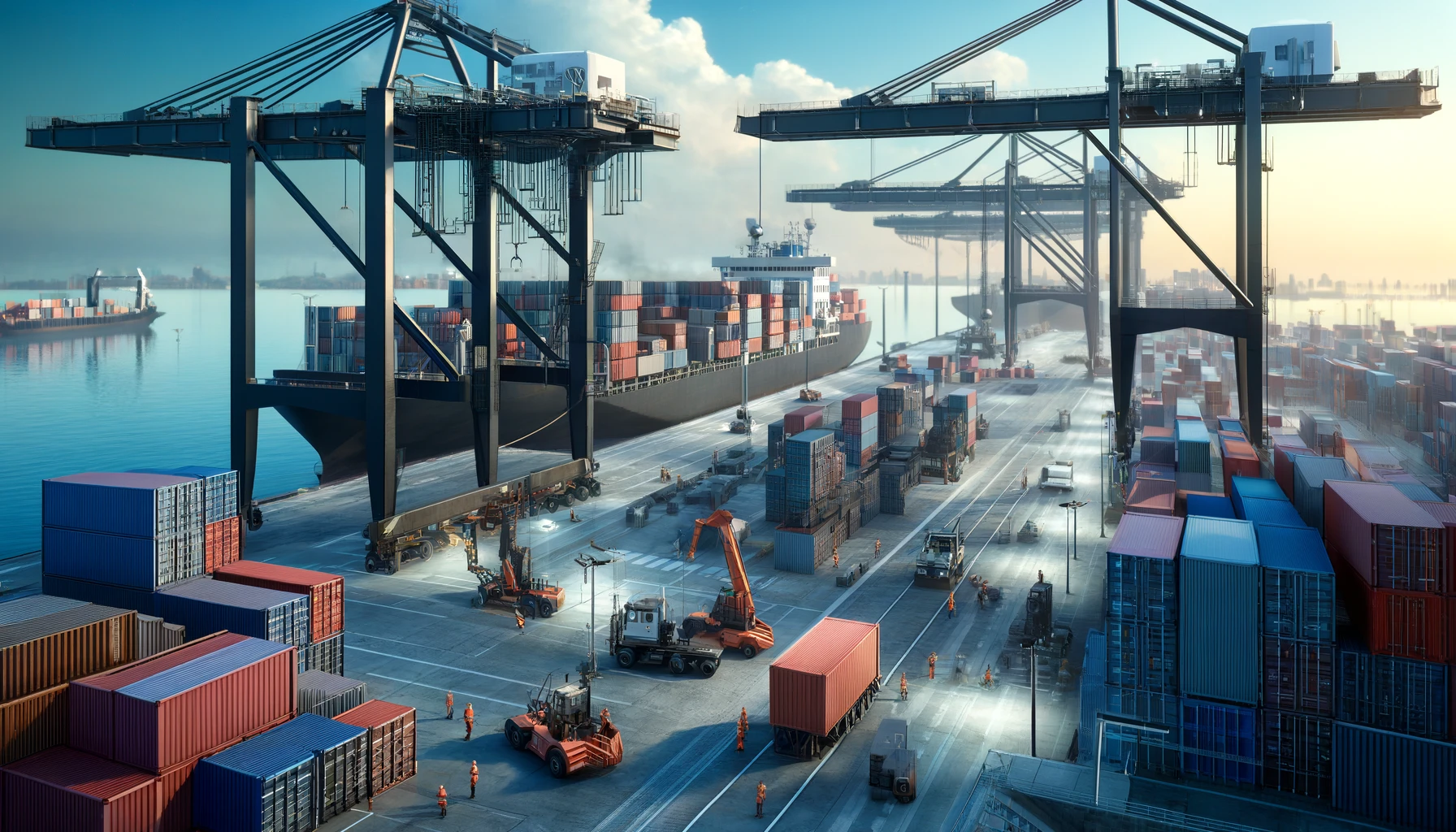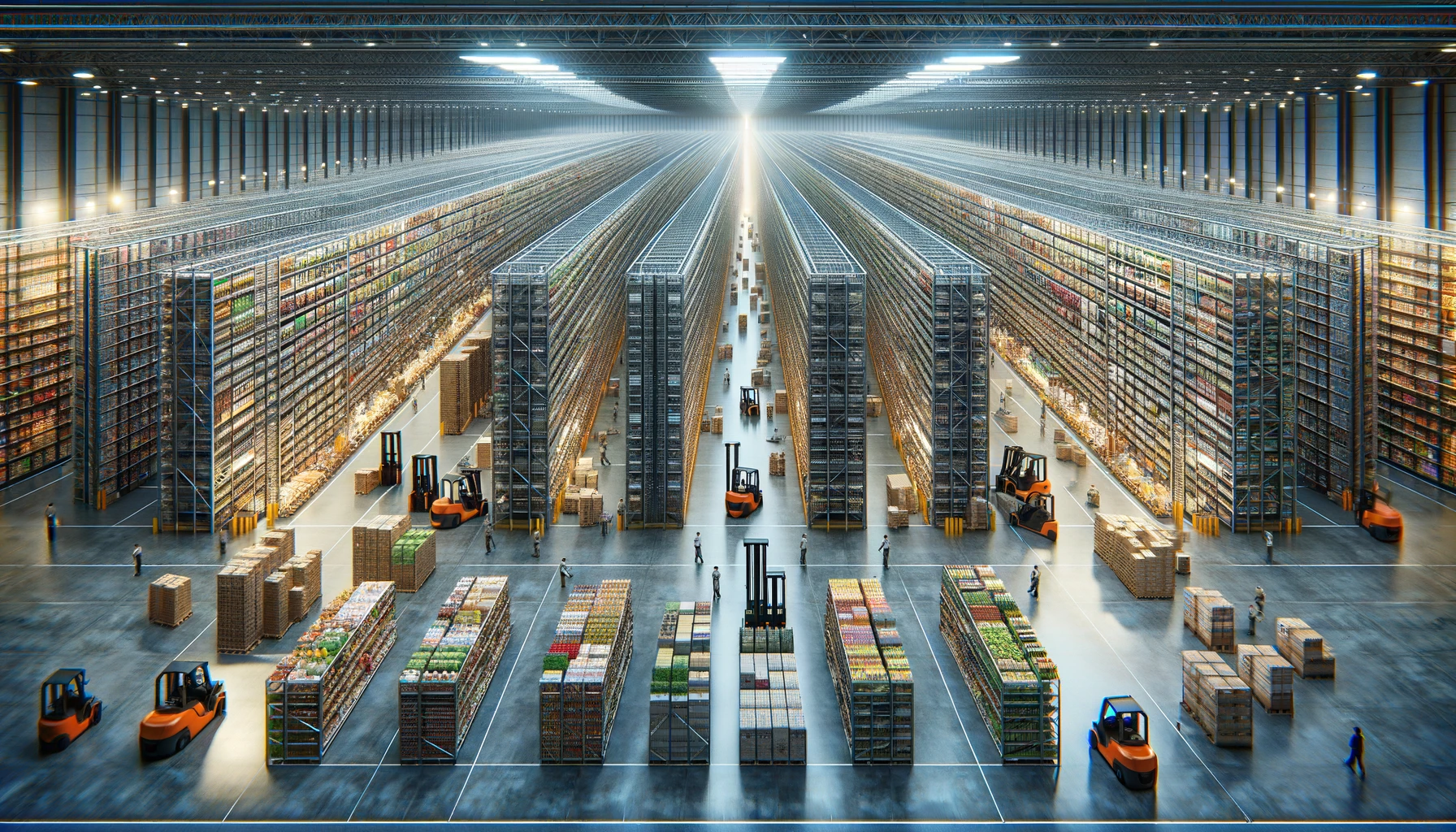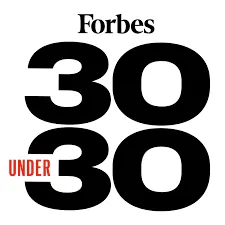
The transportation and storage sector in the UK (which includes warehouses and logistics) suffered an increase in fatal injuries in the year ending March 2022, with 16 fatalities reported (HSE, 2022). Figure 1 shows the main causes of these fatalities. In the same period over seven thousand non-fatal injuries were reported in the sector, with slips and trips being the leading cause. Are you doing enough to prevent these types of accidents? Can you, practically, do any more? Here are five suggestions on how computer vision could help you to reduce risk in warehousing and logistics.
Struck by moving vehicle
Being struck by a moving vehicle is not only the leading cause of death in this sector, but is also responsible for over 400 non-fatal accidents each year. Key controls to prevent such collisions are separation of routes, visibility of pedestrians and speed limits for vehicles. Computer vision can support all these controls by providing data about how often pedestrians and vehicles stray into each other’s areas, spotting when high-visibility clothing isn’t being worn in areas where it is a requirement, and detecting vehicle movements over a defined speed limit.
Contact with moving machinery
The most effective control is to design a workplace where people don’t need to approach moving machinery. When routes are changed to achieve this, it can take a while for new habits to form. To save time, people will cut corners, walking through an area with hoists and conveyors, for example, rather than take the longer route. Computer vision can detect movements of people in prohibited areas. If you need selected people to be able to access an area, you can even use different coloured high-vis vests so that computer vision can record some movements, and ignore others.
Struck by moving, including flying or falling, object
A particular hazard in warehouses is unstable items on racking. This can happen if racking isn’t stacked properly, or if objects are disturbed when a lift truck hits the racking. Objects might not fall immediately, but the collision leaves them unstable when someone else tries to access something on the racking. Although you might require drivers to report all collisions, they might forget, or the time delay before they report means that someone has been injured before they do so. Computer vision can send you an alert as soon as it detects a possible racking hit, so that you can review the video and check the stability of the stored objects.
Trapped by something collapsing or overturning
Forklifts are more likely to overturn if driven with a raised load or turning on an incline. Routes should be designed to avoid the need to turn on an incline, and computer vision can be used to check that these routes are being used. CV can also spot when an FLT is moving with a raised load instead of a lowered load, giving you the data needed to have safety conversations. If drivers feel there isn’t time to lower loads for moving, can you change the delivery schedules? If drivers take a more dangerous route because the specified route is often blocked, how can you avoid this?
Slips, trips and falls
While slips and trips don’t appear in the stats for fatalities, they account for around one third of all reported injuries, resulting in long periods off work and long-term conditions. Good housekeeping is crucial to reduce slips and trips, but another cause of these accidents is people taking short-cuts – for example, stepping over pallets instead of walking around them. Computer vision can detect when people stray from the pedestrian route into an area that might not be clear of obstacles that can lead to a trip.
Conclusion
Workplace design will reduce the likelihood of these accidents, but even with a well-designed workplace, you need to maintain some checks on how it is being used. Computer vision could be your new, untiring team member, helping to keep your warehouse workers safe. CV will give you the data, and the workers can help you find the solution.
.png)
How can Protex AI help?
Protex AI uses computer vision to analyze real-time video feeds and detect potential safety hazards before they occur. By alerting employees to potential dangers, Protex.ai helps prevent accidents and injuries. Our software provides detailed reports, allowing businesses to identify trends and take proactive steps to improve safety. To see Protex.ai in action, watch our demo video and discover how it can help your business.
%20(1).svg)







.webp)
.webp)